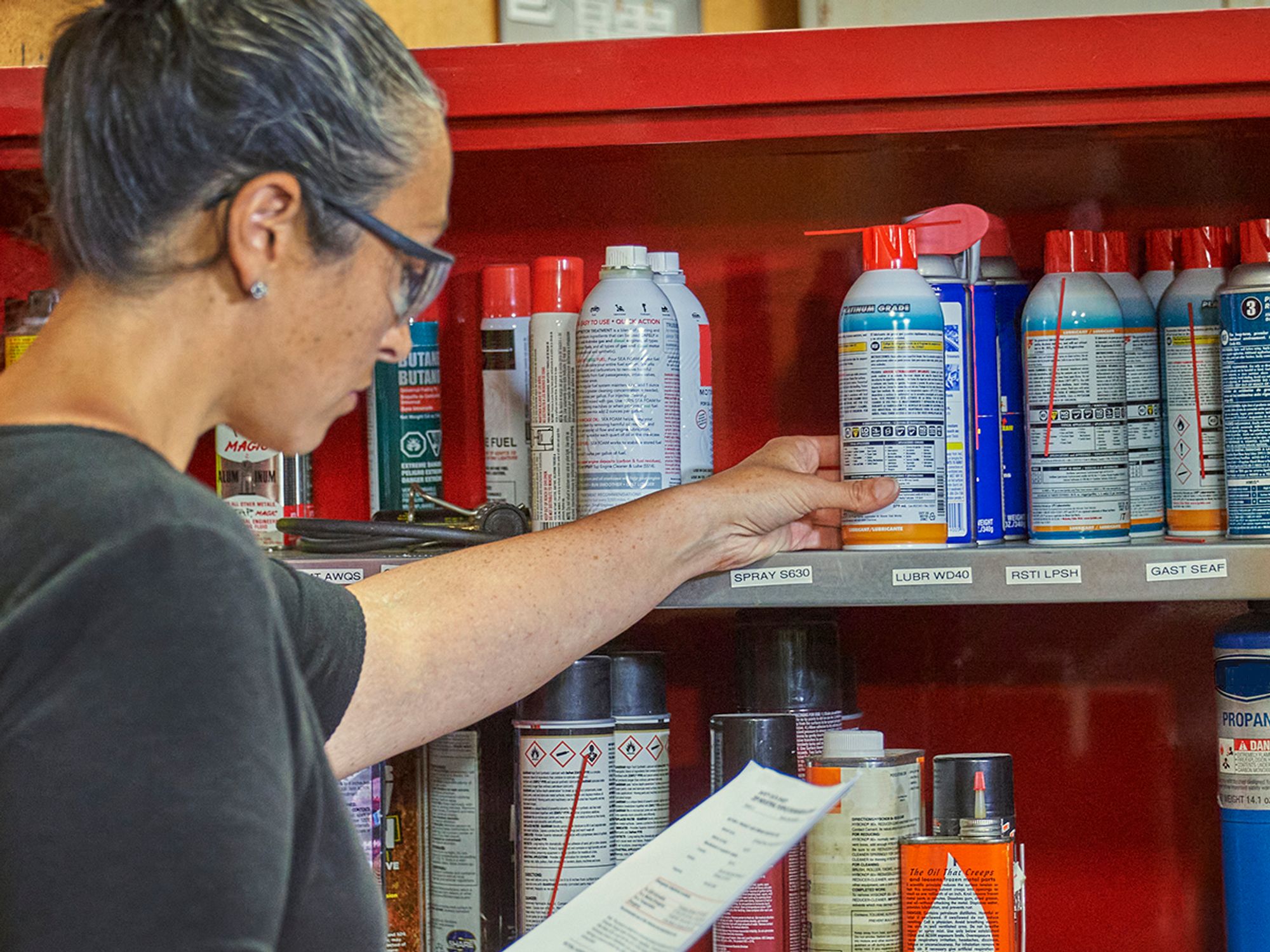InstituteSafety and Health Programs and TrainingTraining & DevelopmentSafety and Health Programs and TrainingIn Depth (Level 3)Human ResourcesEnglishAnalysisFocus AreaUSA
Hazard control
['Safety and Health Programs and Training']

- There are five prioritized strategies for controlling exposures to workplace hazards.
Controlling exposures to workplace hazards is the fundamental method of protecting workers. Traditionally, a “hierarchy of controls” has been used as a means of determining how to implement feasible and effective controls.
The terminology for the different strategies varies in the literature, but generally, it describes these prioritized strategies (adapted from Oregon Occupational Safety and Health Administration’s (OSHA’s) Hazard Identification and Control workshop materials; OSHA’s Safety and Health Management eTool; and a draft OSHA publication on managing safety, made available through the Missouri Department of Labor and Industrial Relations).
- Engineering controls — Consists of substitution, isolation, ventilation, and equipment modifications.
- Administrative controls — Any procedure that significantly limits daily exposure by control or manipulation of the work schedule or way work is performed. Note: The use of personal protective equipment is not considered a means of administrative control.
- Work practice controls — A type of administrative control where the employer changes the way the employee performs assigned work, often improving work habits or sanitation and hygiene practices. Such modification may result in reducing exposure to hazards.
- Personal protective equipment (PPE) — A method of employee protection utilized only when there are no other feasible means. The use of PPE requires the highest level of supervision. It is simply a barrier between the worker and the hazard.
- Interim measures — Employers may use this when developing a long-term control strategy. This method is temporary and must provide adequate protection from the hazard. Generally, this is accomplished by isolating the hazard from the worker.
